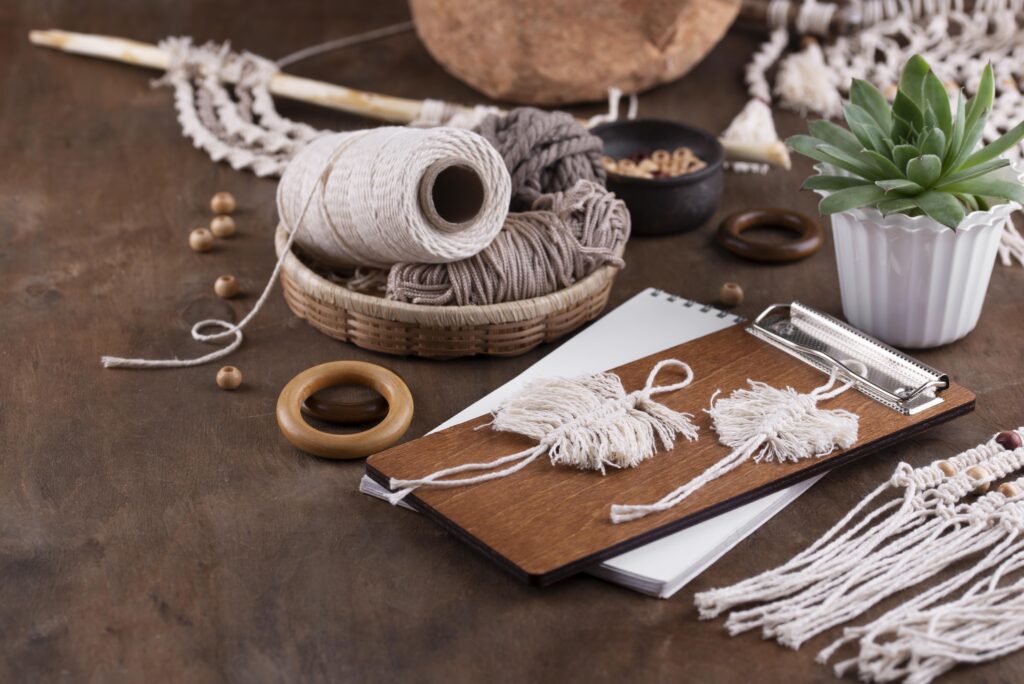1.History Of Thread Embroidery:
Beginning with animal hides & shells for decoration in ancient days and moving on to fine silk metallic threads and machine made threads for decorations social & symbolic purposes the history of embroidery thread is a tale of constantly shifting technology and artistic expression.Important developments include the wide availability of threads from different cultures and textiles like silk and wool, as well as innovations like eye-shaped needles, new stitches, and methods like couching and laidwork. In many cultures around the world, stitching has evolved from a necessary skill to an elaborate form of craftsmanship over time.
2.Beginning The Threadwork Journey:
The history of thread work started when early humans created the first needles and threads for survival, and it developed into delicate, expensive beauty art forms. This extensive history, which covers globe and ancient civilizations, can be defined by a continuous evolution of materials and methods that continue to this day.
3.Survival To Adornment:
What began as a useful need for making clothing and shelter evolved into beauty. Evidence of early hand-stitched and ornamented clothing and accessories has been discovered by geologists.
4.Increasing The Use Of Thread Work:
The combination of the new and the ancient is the most appealing element of this revival. Modern designers transform ancient styles to fit contemporary designs and tastes rather than merely copying them. Both innovative uses in fashion and interior design as well as the growth of embroidery artists’ businesses might be the focus of strategies to increase the usage of thread work. In order to reach larger audiences and adjust to trends like sustainability and personalization, modern strategies make use of social media and online retail.
5.Modern Ideas & Invention:
Modern concepts in thread work such as using threads for 3D creations and new materials, utilizing machines for complex designs, integrating digital aspects into fabric art, and employing sustainable threads derived from recycled materials. High-speed sewing machines and computerized embroidery machines are important inventions that enable precision and intricate, mass-produced designs. Additionally, threading techniques are being modified for aesthetic uses, such as shaping eyebrows.
- Mixture and Sculpture
- 3D Structures
- High-Speed Sewing Machines
- Mechanical Threads
- Digital Integration
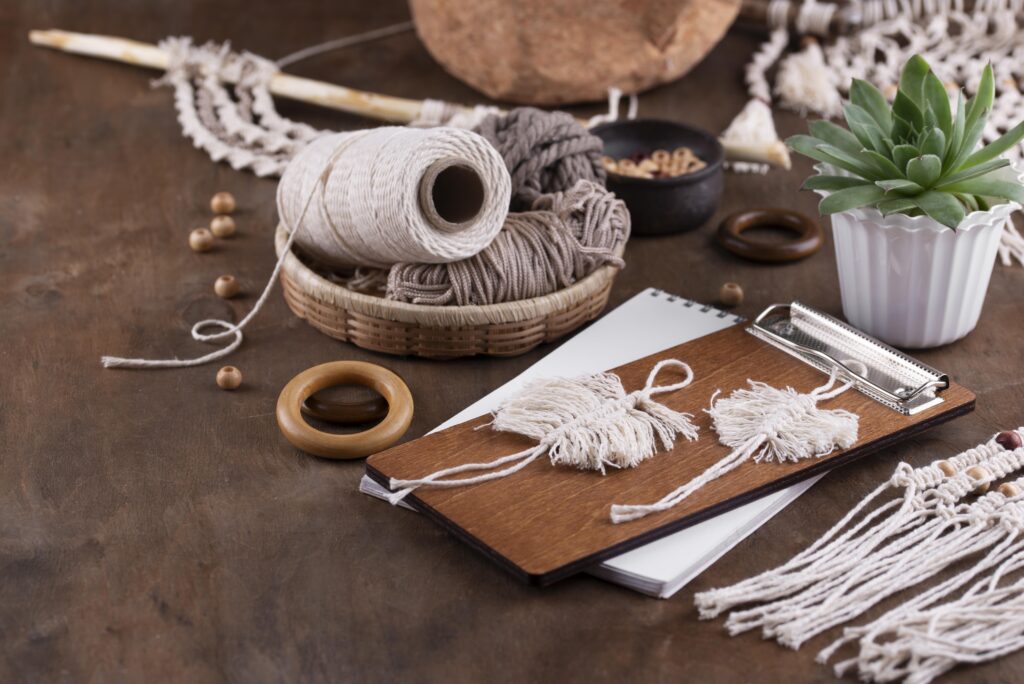
Why Traditional Thread Work Is Making A Comeback?
The return of traditional embroidery & thread work is a result of economic changes & recent customer trends. The modern world is changing at breakneck speed and technology is influencing every part of our lives. However the need for slower more purposeful behaviors has been sparked by this haste. This escape is made possible by thread labor. In 2025 cultural thread art will see a comeback due to:
- Mindful Living
- Mindful Consumption
- Tangible Experiences
- Preserving Skills
- Historical and Cultural Resonance
- Human Touch
6.Cultural Preservation Stitch By Stitch:
In addition to being a creative movement, reviving traditional thread work is a way to preserve culture. We are paying tribute to the crafts who came before us and making sure their skills survive in the face of globalization each time we get or use their methods. The increasing demand for handcrafted goods is also helping communities that depend on embroidery as a source of income by giving them equitable chances and attention. Every stitch we make serves as a bridge that connects the past and present in many ways preserving tales that might otherwise be lost.
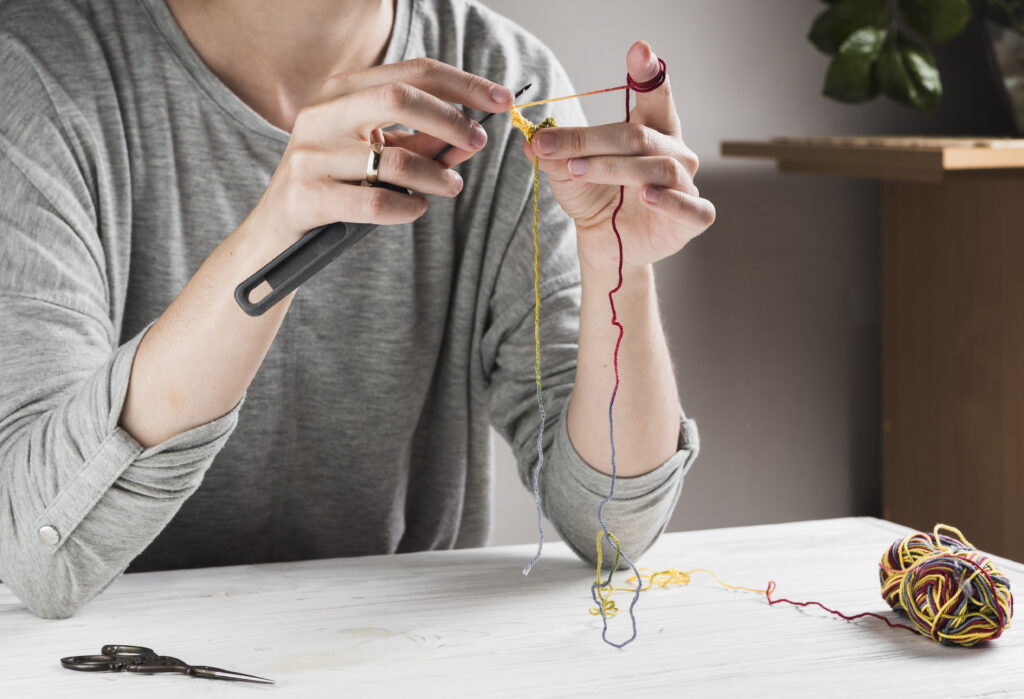
7.The Traditional Beauty Of Work With Cultural Threads:
Each culture has its own unique thread art that expresses ancestry and personality. Work has always been more than just adornment it is a part of history as seen in Bengali Kantha embroidery which features fine running stitches and vivid colors. Mexican Otomi needlework is bursting with vibrant nature inspired designs while Japanese Sashiko places an emphasis on efficiency and minimalism. These crafts endure because they capture the feelings, tales, and customs of local communities.
8.Ancient Stitches With Modern Touches:
Traditional Techniques: Since years fabrics have been adorned with traditional stitches including the satin stitch, cross stitch running thread, blanket stitch & chain stitch.
Machine Embroidery: The industry has experienced a transformation thanks to computerized embroidery machines, which enable the creation of complex and detailed designs far more quickly than with traditional hand embroidery.
Modern Methods: Surgical zippers a simple water based glue for sealing skin scars are one example of a specialized tool that uses threads.
How You Can Explore Cultural Thread Work?
The fact that thread work is easily available to novices and hobbyists is one of the reasons it continues to grow in 2025. Cultural stitches are accessible to everybody with a needle and thread. To add a handmade touch to basic scarves or bed linens, for instance, you might learn Kantha stitching. For a stylish bohemian look, you may also adorn old tote bags with mirror embroidery. You may incorporate traditional creativity into your everyday life with simple yet important tasks like stitched patches, wall hoops, and thread bookmarks.
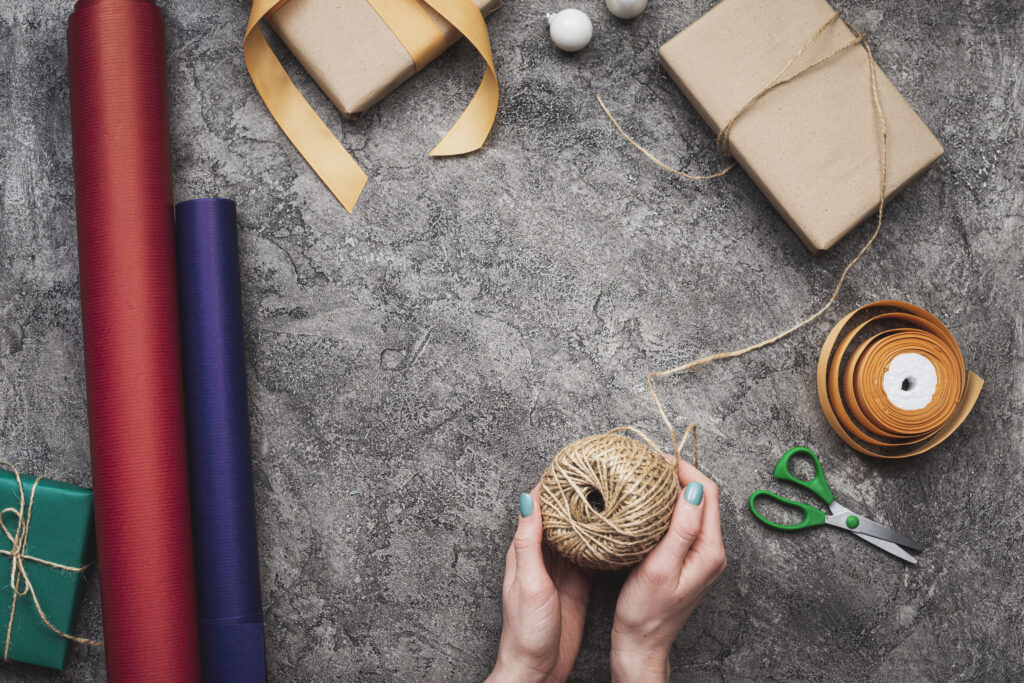
9.DIY Ideas To Try Threads Craft At Home:
Bottles & Vases Wrapped With Thread:
Wrap old jars or empty glass bottles with various colored threads to give them a new lease on life. For a gradient look mix and match different tones for a festive touch add metallic threads. These thread-wrapped vases are lovely table.
Make Your Own Thread Jewelry:
Not only are threads useful for textiles but they also form amazing accessories Use colorful yarns to make bracelets with braided thread, tassel earrings or even a necklace. The style can be improved and given a stylish, boho vibe by adding shells, mirrors, or beads.
Cushion Covers With Embroidery:
Using thread embroidery to improve plain cushions is simple. Adding vibrant stitching quickly adds a homemade, homey appeal to your living area, whether it be through geometric lines or floral designs.
Using Threads For Festival & Event Decor:
Use threads to create colorful hanging globes embroidered table runners, or beaded drapes. They are eco friendly reusable, and a charming addition to birthday parties, weddings and cultural events.
Bouquets Of Thread Flowers:
“Bouquets of Thread Flowers” is a lovely idea in which realistic or ornamental floral arrangements made entirely of thread are created using embroidery, thread painting, or textile art. These bouquets are constructed by hand utilizing stitching techniques, embroidery hoops, or freehand thread sculpting, rather than using fresh flowers. In 2025, they will gain popularity as long-lasting, environmentally sustainable, and adaptable substitutes for real flower arrangements.
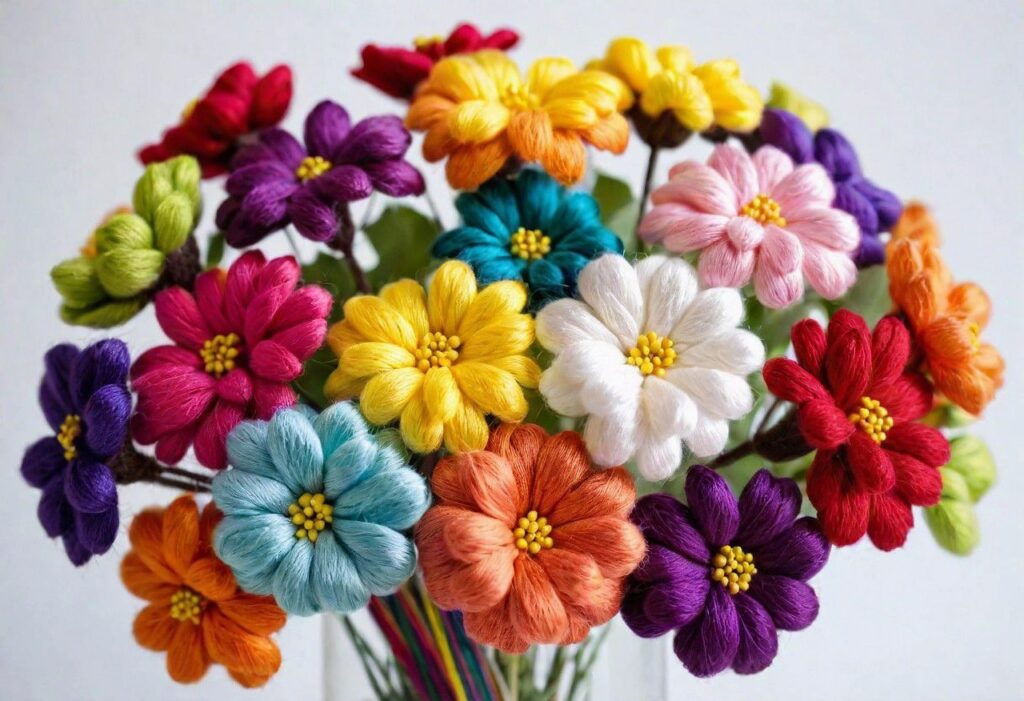
Summarized:
Cultural History: Phulkari embroidery, and Japanese needlework are examples of stitches that capture identity and history.
2025 Rebirth: Increasing desire for handcrafted crafts sustainability and originality.
Modern Twist: Traditional stitches are used in DIY crafts fashion and home décor.
Integration: Helps women led craft societies and regional makers.
Awareness: Self expression, creativity, and relaxation are all promoted by embroidery.
Preservation of culture: The process of preserving traditions while adding modern styles.
FAQs
What does the revival of traditional thread methods with a modern touch mean?
It refers to maintaining traditional stitching, weaving, and embroidery methods while incorporating them with cutting-edge patterns, hues, and materials appropriate for modern fashion and daily living.
Why are traditional thread techniques making a comeback in 2025?
Traditional craftsmanship is more valued than ever since consumers are looking for authenticity, sustainability, and cultural connection in their clothing and home décor.
How do designers add a modern touch to traditional embroidery?
While preserving the classic handcrafting methods, designers employ modern themes, striking color schemes, metallic threads, mixed media, and experimental patterns.
Which cultures are influencing the modern revival of thread art?
European lacework, Middle Eastern weaving, Japanese sashiko, and South Asian hand embroidery are examples of global influences that have been updated with contemporary style.
Is thread craft revival only for luxury fashion?
No, it includes everything from high-end couture to reasonably priced handcrafted goods. Its adaptability makes it widely appealing in a variety of markets.
Read More Related Articles https://trendythreads.net/the-fabric-of-society-how-threads-shape-culture-and-fashion/

